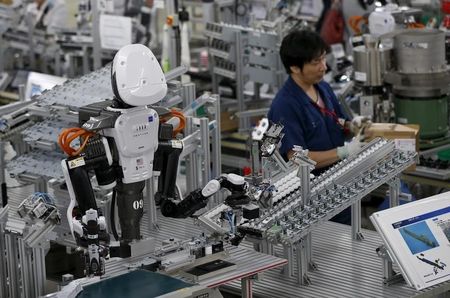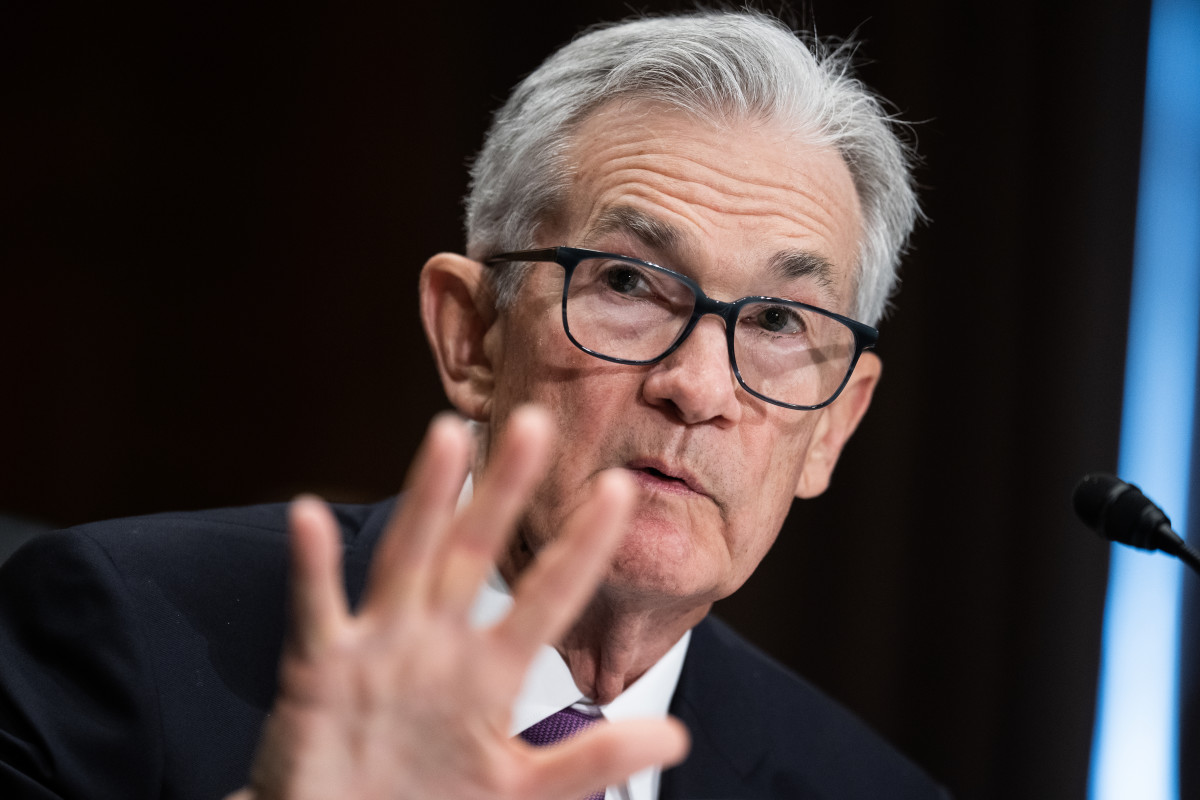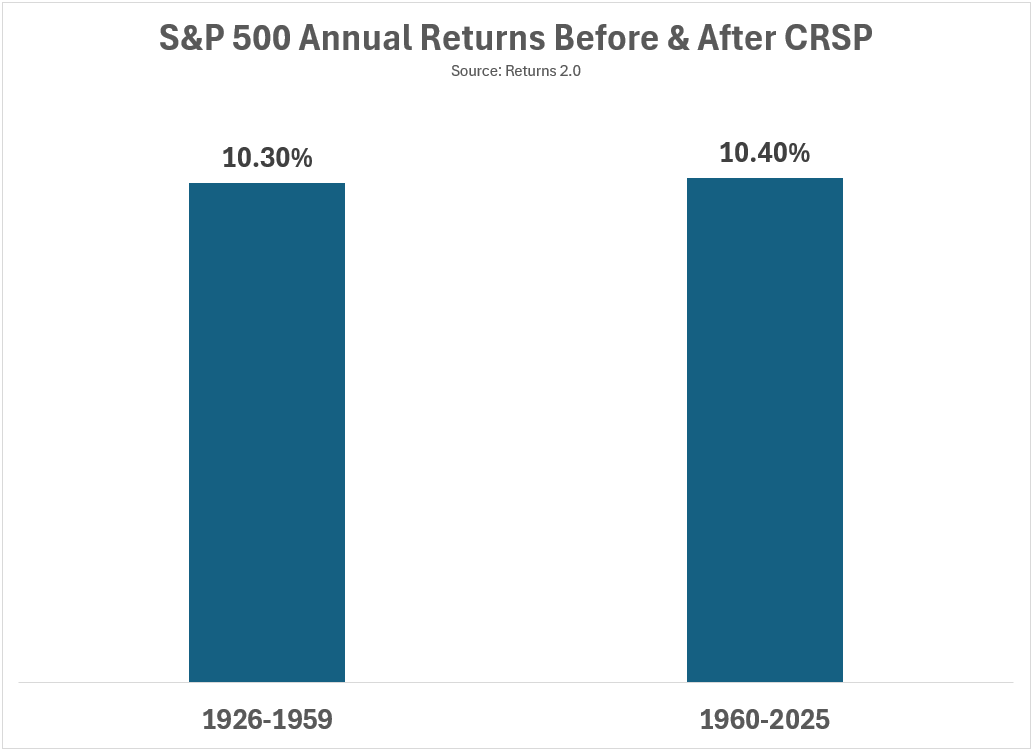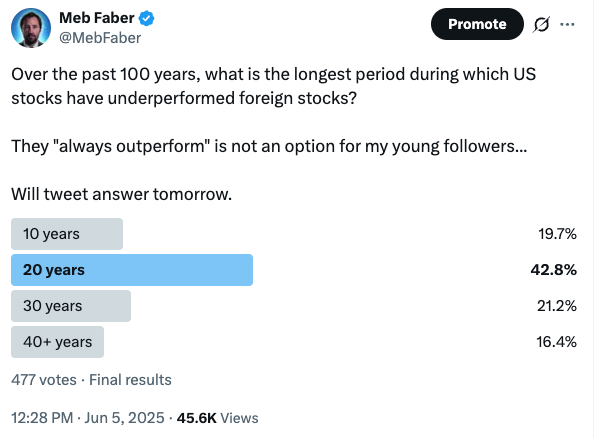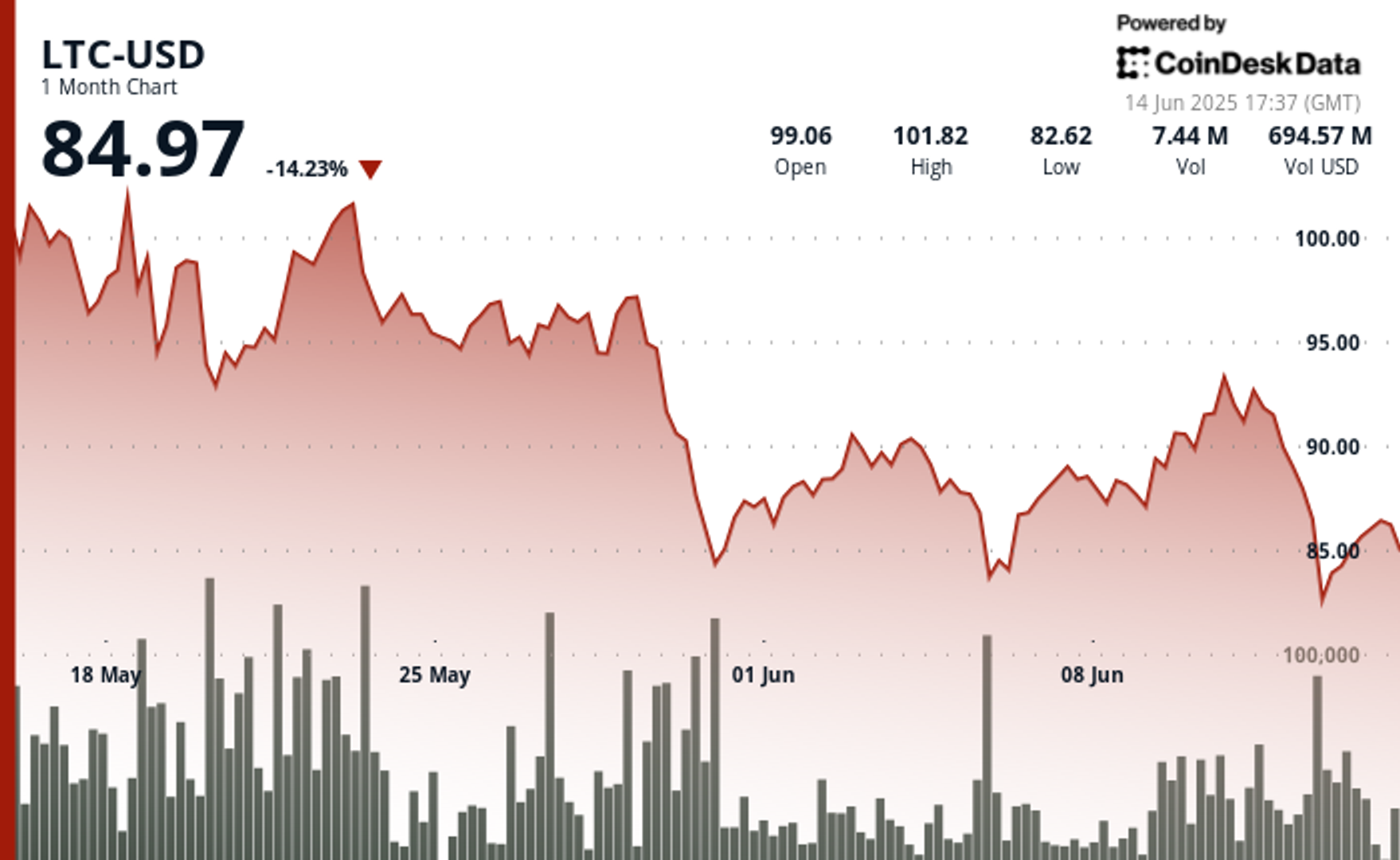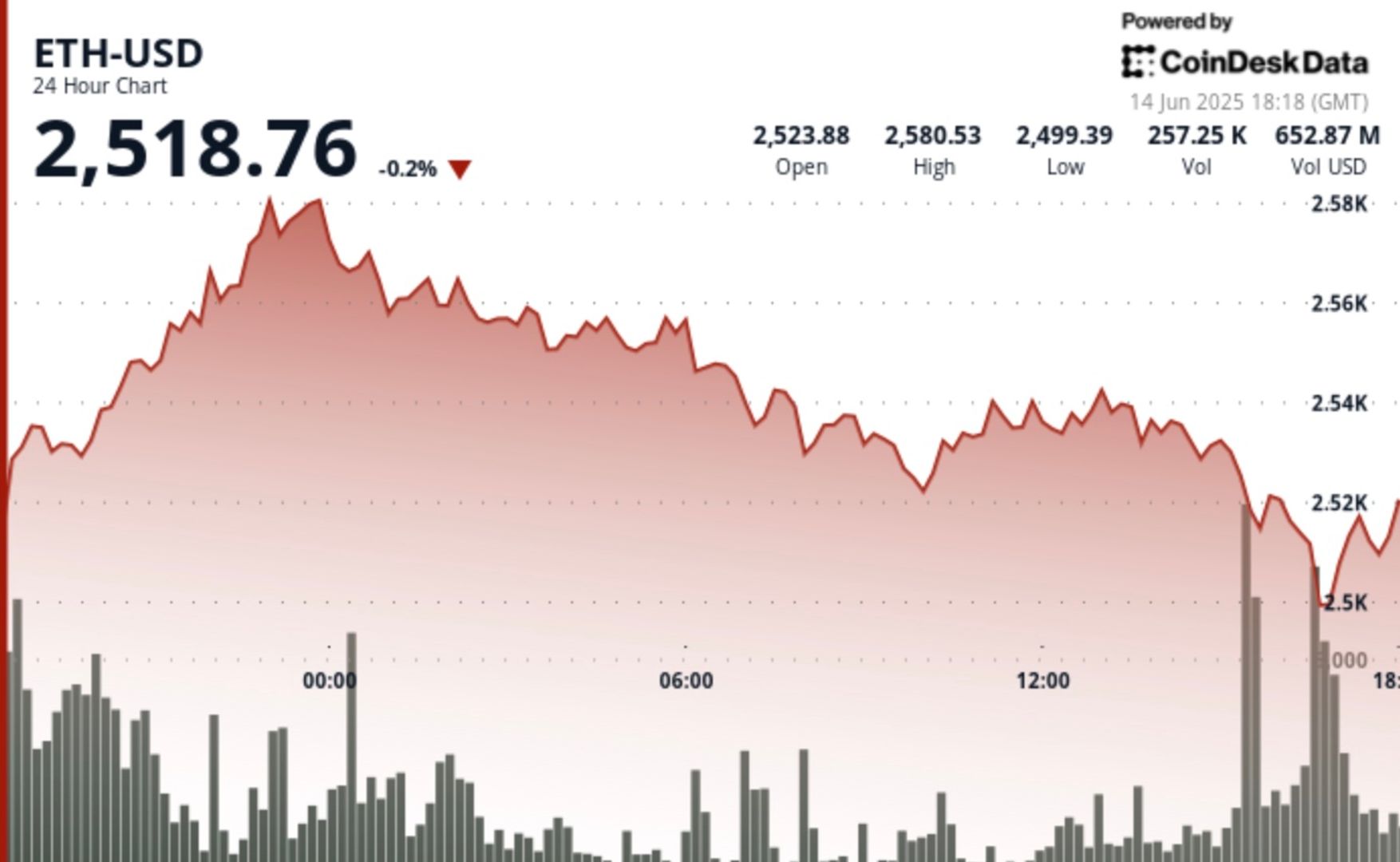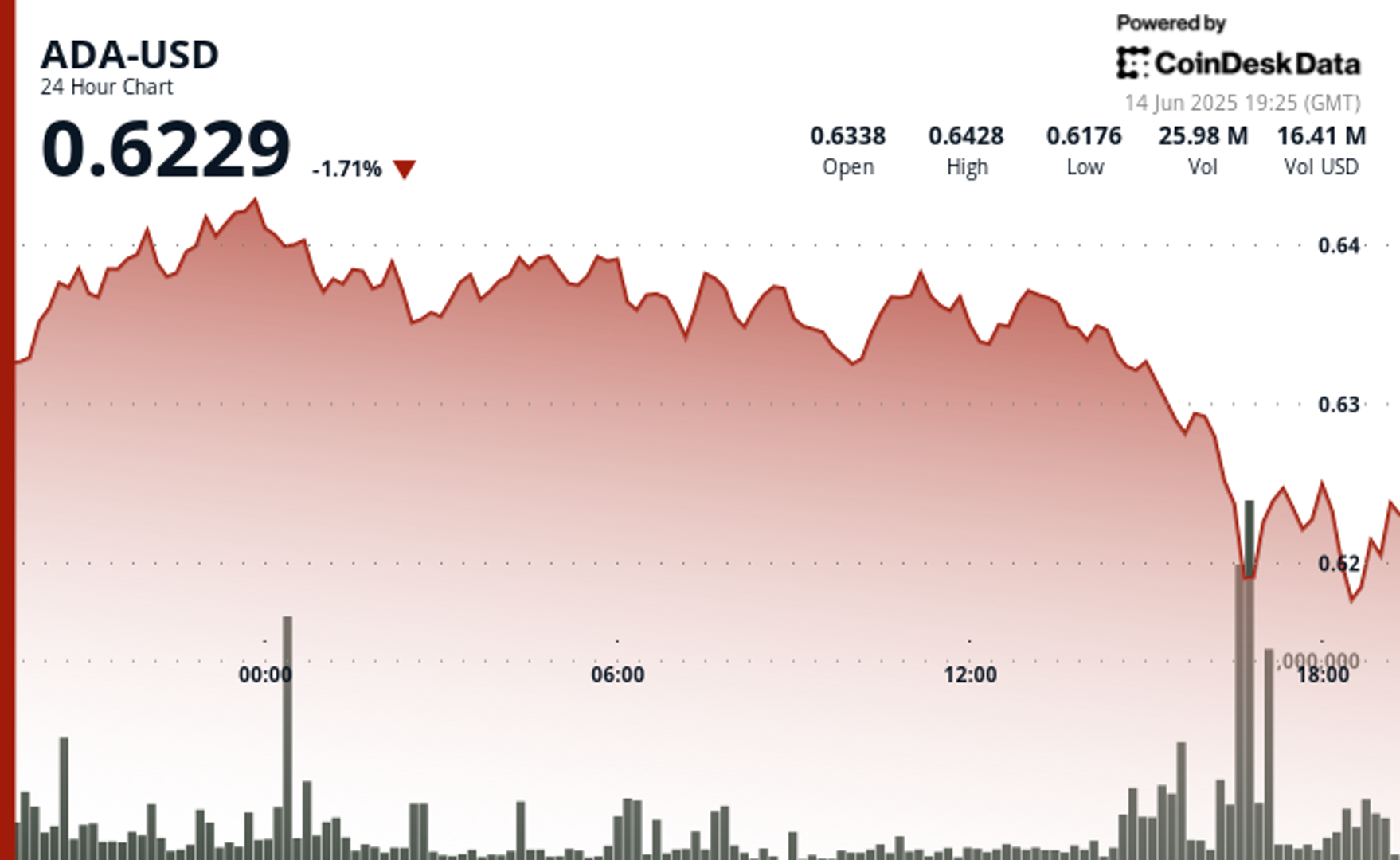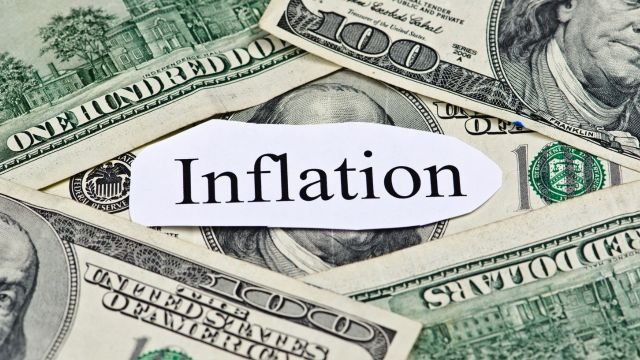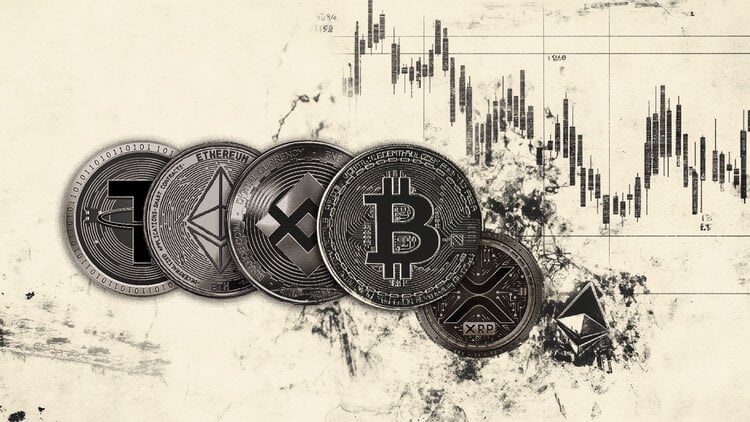May CPI vs. June Checks: Is the COLA Gap Growing or Shrinking
Retirees count on Social Security benefits to help them cover their costs of living. These benefits are supposed to help seniors pay for their essentials year after year, since workers pay into them throughout their entire careers with the promise of lifetime income that is protected against inflation. But, are benefits actually keeping pace with inflation? There’s […] The post May CPI vs. June Checks: Is the COLA Gap Growing or Shrinking appeared first on 24/7 Wall St..
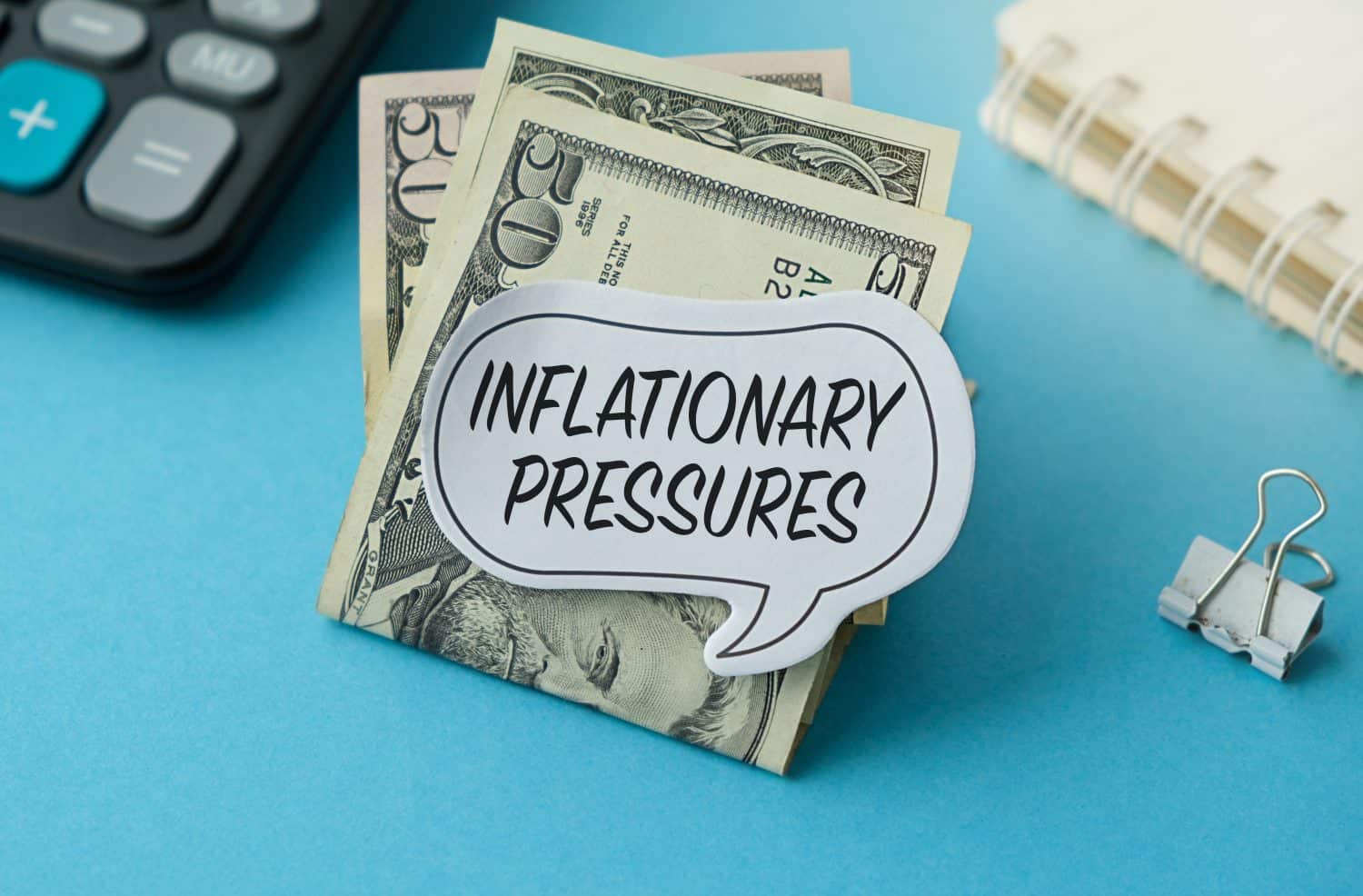
Key Points
-
Social Security benefits have not been keeping pace with inflation.
-
May’s CPI data shows the 2025 COLA is helping retirees retain their buying power.
-
The most relevant CPI index, however, shows retirees are still falling behind.
-
Are you ahead, or behind on retirement? SmartAsset’s free tool can match you with a financial advisor in minutes to help you answer that today. Each advisor has been carefully vetted, and must act in your best interests. Don’t waste another minute; get started by clicking here.(Sponsor)
Retirees count on Social Security benefits to help them cover their costs of living. These benefits are supposed to help seniors pay for their essentials year after year, since workers pay into them throughout their entire careers with the promise of lifetime income that is protected against inflation.
But, are benefits actually keeping pace with inflation? There’s a growing body of evidence that says no.
In light of concerns about whether seniors are losing buying power, let’s take a look at how the 2025 COLA is keeping pace with inflation this year, given May’s CPI reading.
How is the Social Security COLA keeping pace with inflation?
In 2025, retirees received a 2.5% Cost-of-Living-Adjustment, so each senior’s check grew by 2.5% (although Medicare premium increases ate up some of this extra money). This was the smallest COLA in years, as here’s what other recent COLAs looked like:
- January 2021 — 1.3%
- January 2022 — 5.9%
- January 2023 — 8.7%
- January 2024 — 3.2%
- January 2025 — 2.5%
So, with retirees receiving 2.5% more in their 2025 Social Security checks compared with the amount received in their 2024 payments, how have they fared relative to the inflation that’s going on now? The May 13, 2025, release of CPI data from the Bureau of Labor Statistics says things aren’t looking so bad.
- The Consumer Price Index for All Urban Consumers revealed that prices year-over-year were up 2.3% in April 2025 compared to April 2024, which is less than the 2.5% benefits bump retirees got.
- The Consumer Price Index for Urban Wage Earners and Clerical Workers (CPI-W) increased 2.1% over the last 12 months.
While this is optimistic in that seniors saw their benefits increase by more than the year-over-year change in prices measured by these indexes, the reality is that many retirees are starting from behind, and things may not actually be looking up when you review the most relevant data.
Seniors are still losing ground

The Senior Citizens League has reported that benefits have lost 20% of buying power between 2010 and 2024 because the measure used to determine raises looks at the consumer price index for urban wage earners and clerical workers, and thus underestimates the amount seniors actually spend in high-inflation categories such as healthcare and housing.
A look at the CPI-E data, which is the Consumer Price Index for the Elderly, reinforces the concerns of The Senior Citizens League. CPI-E’s May data shows that on a year-over-year basis, there was a 2.59% increase in costs for April. So, while the overall data may make it look like seniors are doing OK, that’s not necessarily the case.
The bottom line is, Social Security benefits are not really taking care of seniors the way they should be. Retirees are losing ground, and the longer a senior is on Social Security, the more buying power they lose. This probably won’t change any time soon, so retirees need to make sure they watch their budgets carefully and maintain a safe withdrawal rate even with prices going up.
A visit with a financial advisor may be in order for retirees who struggle to keep up with costs, as an an advisor may have insight into how they can stretch limited benefits further and where money should be invested to avoid undue risk while preserving the ability of retirees to buy the things they need as the price of goods and services rise.
The post May CPI vs. June Checks: Is the COLA Gap Growing or Shrinking appeared first on 24/7 Wall St..



